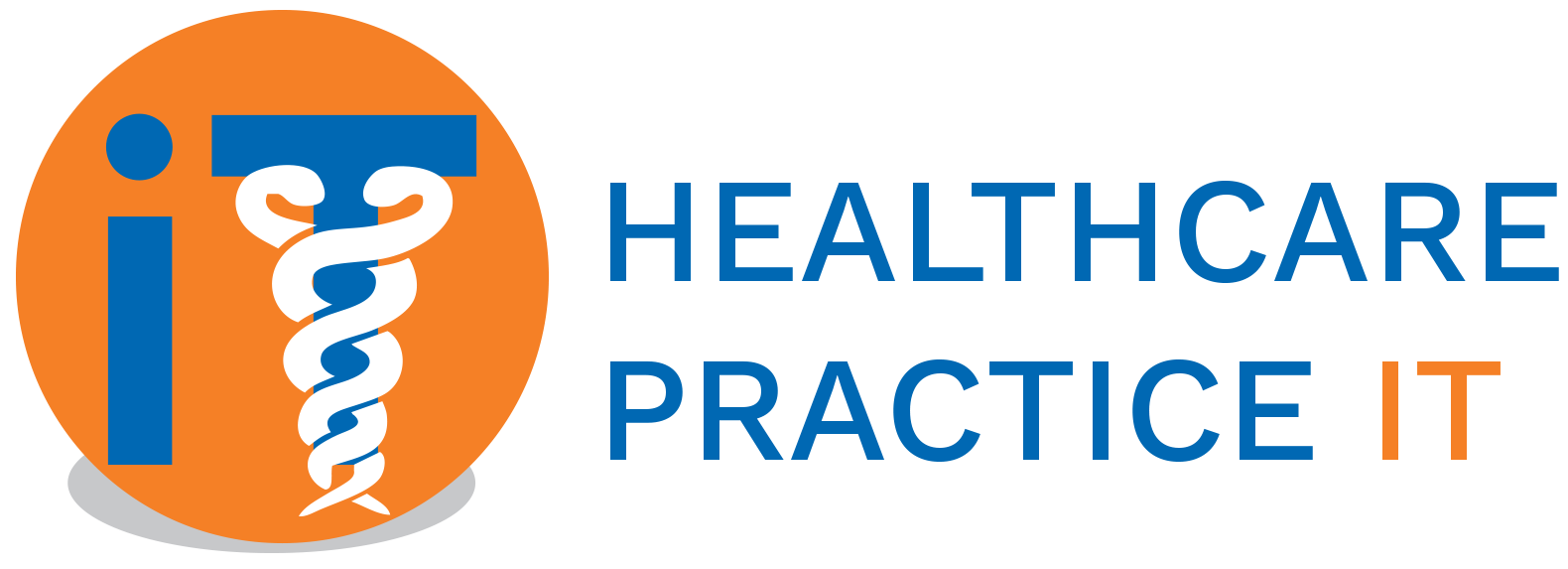Why you should prioritize your technology gaps
Here are some reasons why prioritizing technology gaps is critical:
To fix the most critical gaps immediately
Following an audit, you may discover hundreds of vulnerabilities, prompting the question, “Should all of these be fixed at once?”
To make an improvement on a major highway, you wouldn’t close every lane at the same time. Instead, you would first block and repair the most damaged one during non-peak hours. The same is true for vulnerabilities, and it is always better to bridge the most critical one first.
Bridging all the gaps at once is rarely practical, both financially and in terms of time and effort. Furthermore, if you prioritize a lower-priority vulnerability first, cybercriminals can swoop in and exploit critical flaws in the blink of an eye.
To promote better budgetary decisions
Budgets, when properly planned, can serve as a tool to assist you in meeting organizational objectives.
Randomly allocating funds to bridge gaps will neither help defend against threats nor be a wise budgetary decision. Instead, prioritize gaps and distribute financial resources based on vulnerability severity.
To improve control over transformation and upgrade
Timely upgrades and associated transformation are crucial for a business to stay competitive in constantly evolving business landscapes. Even so, it is critical to maintain control over such transitions. Otherwise, it could lead to confusion and poor decisions, ultimately harming your company’s growth.
Get a better understanding of upgrades and transformation by prioritizing gaps and systematically bridging them based on their severity.
To avoid overburdening key stakeholders
Tending to all gaps at once can overwhelm your employees, in turn lowering their productivity and deteriorating customer service. Avoid this to the greatest extent possible. If your customers and employees are dissatisfied, your business can suffer serious setbacks such as employee attrition, customer churn, accidental data breaches and so on.
Having Healthcare Practice IT (HPIT) by your side can help you avoid these stumbling blocks. We can provide you with a prioritized list of the most urgent to least urgent gaps, allowing you to decide how to proceed and allocate funds.
Collaborate for success
Not sure where to start? Healthcare Practice IT can help you prioritize technology gaps in order to optimize IT platforms and help you get the most out of your technology investment, all while ensuring uptime and productivity.
Contact us to learn how we can help your organization successfully prioritize technology gaps to achieve targeted goals in a sustainable manner.
More blog articles
Minimizing Cyber Supply Chain Risks through Effective Vendor Selection
Cyber supply chain risks refer to the threats that arise from the use of products or services provided by external vendors in an organization’s IT infrastructure. These risks can originate from various sources such as malware-infected software, compromised hardware, or unreliable service providers.
Co-Managed IT for Healthcare Organizations
Co-managed IT is a service model that can help healthcare organizations
improve their IT infrastructure while minimizing risk and cost. By partnering
with a co-managed IT provider that specializes in healthcare, organizations
can ensure that their IT systems are secure, compliant, and optimized for
performance. Learn more about the benefits of co-managed IT for
healthcare organizations and how to implement it in our latest blog post
Co-Managed Healthcare IT Myths
Co-Managed IT Services have emerged as a viable solution for healthcare organizations to leverage the benefits of IT without breaking the bank. In this article, we debunk some of the most common Co-Managed IT myths and explore the benefits of partnering with a Managed Service Provider.




